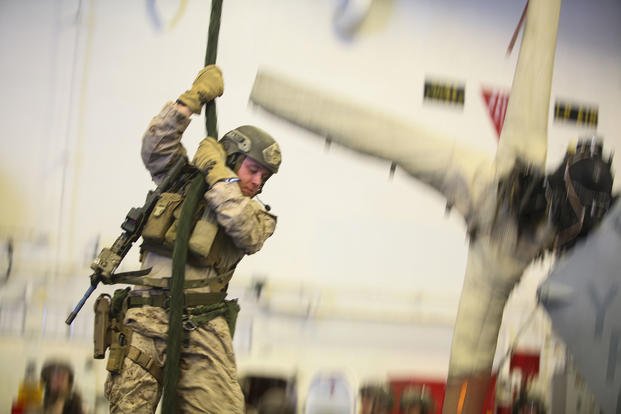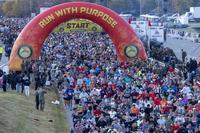My grandfather has had an interesting life.
He enlisted in the Army in 1936 and retired as a chief warrant officer after two wars and nearly 30 years of active-duty service. Afterward, he took the highly developed skills of his military career and applied them to become chief of police of his hometown for nearly 20 years. With two retirement paychecks coming in monthly, he has provided nicely for himself and his family throughout the years. Careers in military and public service are fantastic opportunities to serve your country and be well cared for with health and retirement benefits.
My expertise in this career change begins here with preparing physically for the different physical fitness tests for a law enforcement position. Some exercises are the same as any military physical fitness test, such as the basic calisthenics tests of a timed run, push-ups, sit-ups and pull-ups. Depending upon your law enforcement career decision, a variety of exercises also will be tested to include:
-
Bench press
-
Agility tests
-
Shuttle runs
-
Timed runs from 1-5 miles
-
Weighted pull-ups (SWAT vest with 25 pounds)
-
Push-ups, sit-ups, pull-ups
-
500-yard swims
-
Rope climbs
-
Obstacle courses
-
Victim drags
Excelling in these tests takes practice, as with any other physical event. Many of the tested events above also can be better prepared for by a series of exercises that involve the muscle groups utilized. For instance, the FBI Swat Team has a job-related performance standards test (PST) where several tasks are performed and timed. These include a pull-up test with a 25-pound SWAT vest and the following events:
The assault dash is not your ordinary 40-yard sprint you may have run in high school. This one requires you to wear body armor weighing 18 pounds, carry a Remington 870 shotgun and wear a helmet. Starting in the prone position, the candidate must run 40 yards as quickly as possible. Some of the exercises used to help develop this tested event are:
-
8-count bodybuilder push-up
-
Bear crawls
-
Squats
-
Lunges
-
Sprints
-
Variety of abdominal exercises
-
Lower-back exercises
The Tactical Obstacle Course is a challenging half-mile run with three job-related tasks thrown in at the 220-, 440- and 660-yard marks. These tasks are:
-
(220-yard mark) Cone running weave (40 yards long), nine cones spaced 5 yards apart
-
(440-yard mark) 175-pound victim drag (10-yard drag)
-
(660-yard mark) Cone running weave, dropping to the prone position at each cone
This event tests speed, endurance and agility. Done in regular exercise clothing, the candidate will not be weighed down by the SWAT vest. The exercises to help train for this event are:
-
Two- and three-mile track workouts
-
8-count bodybuilder push-ups
-
Squats
-
Sprints
-
Agility drills and box drills
-
Lower-back exercises
-
Grip exercises (towel pull-ups)
Stew Smith is a former Navy SEAL and fitness author certified as a Strength and Conditioning Specialist (CSCS) with the National Strength and Conditioning Association. Visit his Fitness eBook store if you're looking to start a workout program to create a healthy lifestyle. Send your fitness questions to stew@stewsmith.com.
Want to Learn More About Military Life?
Whether you're thinking of joining the military, looking for fitness and basic training tips, or keeping up with military life and benefits, Military.com has you covered. Subscribe to Military.com to have military news, updates and resources delivered directly to your inbox.



















